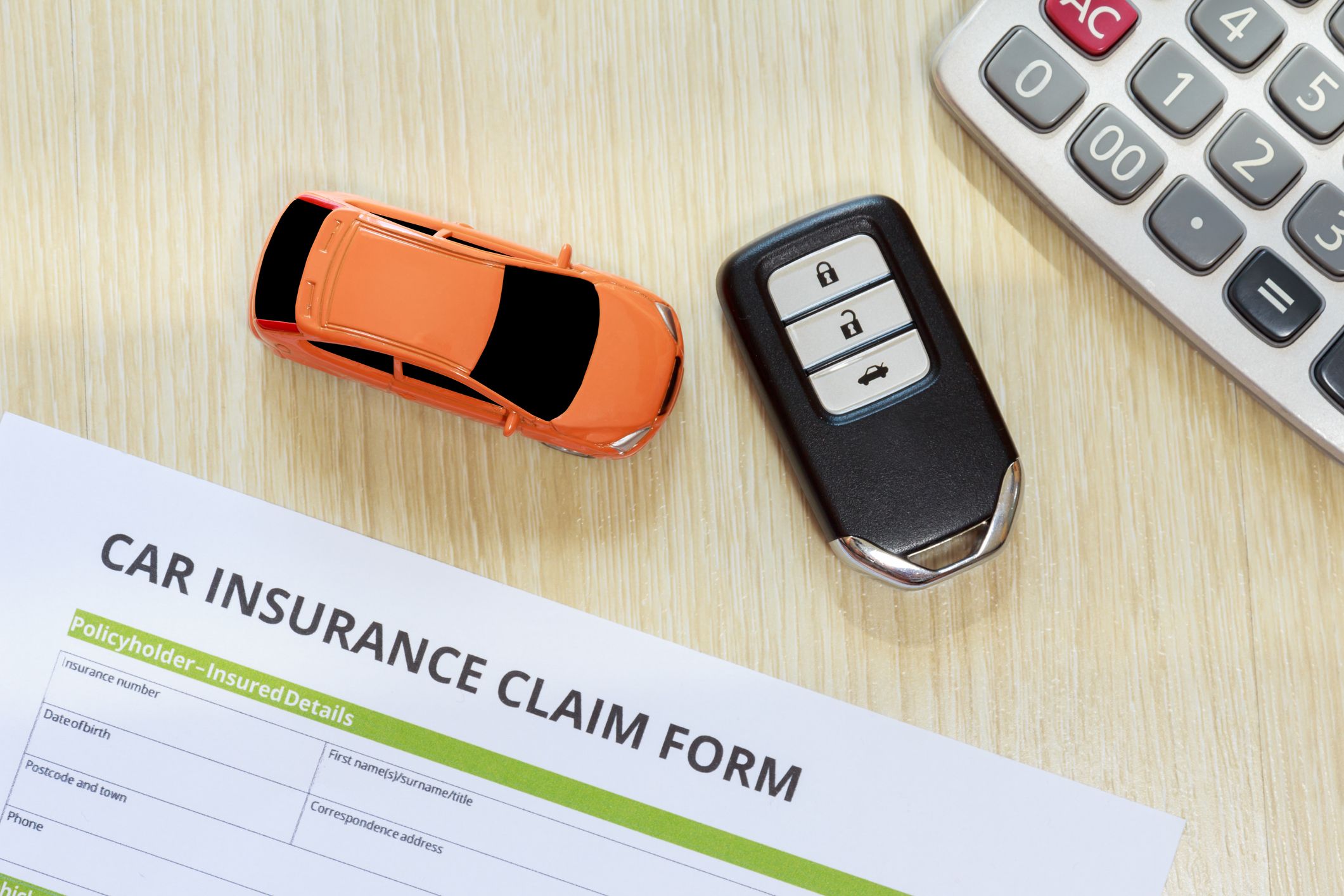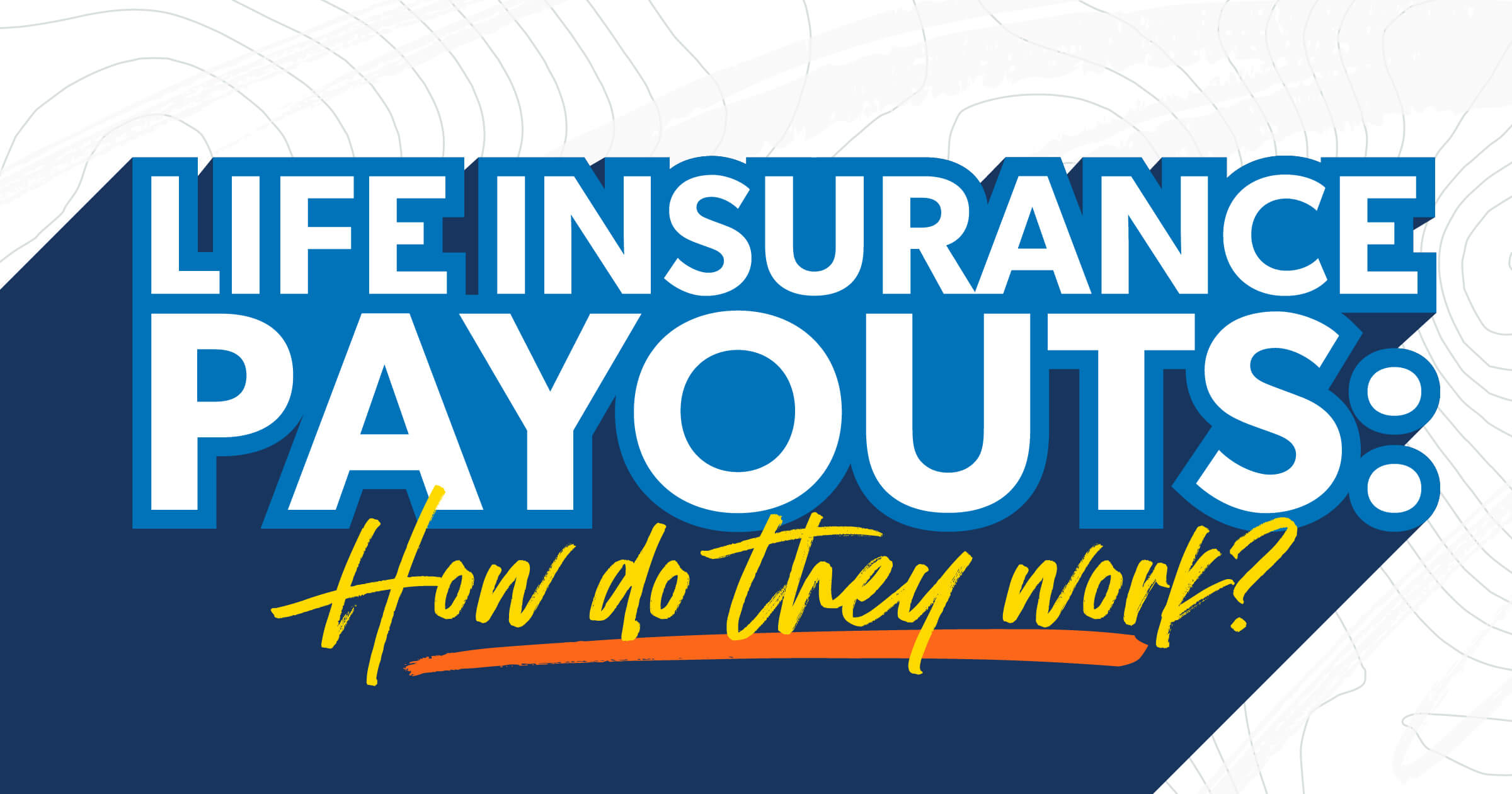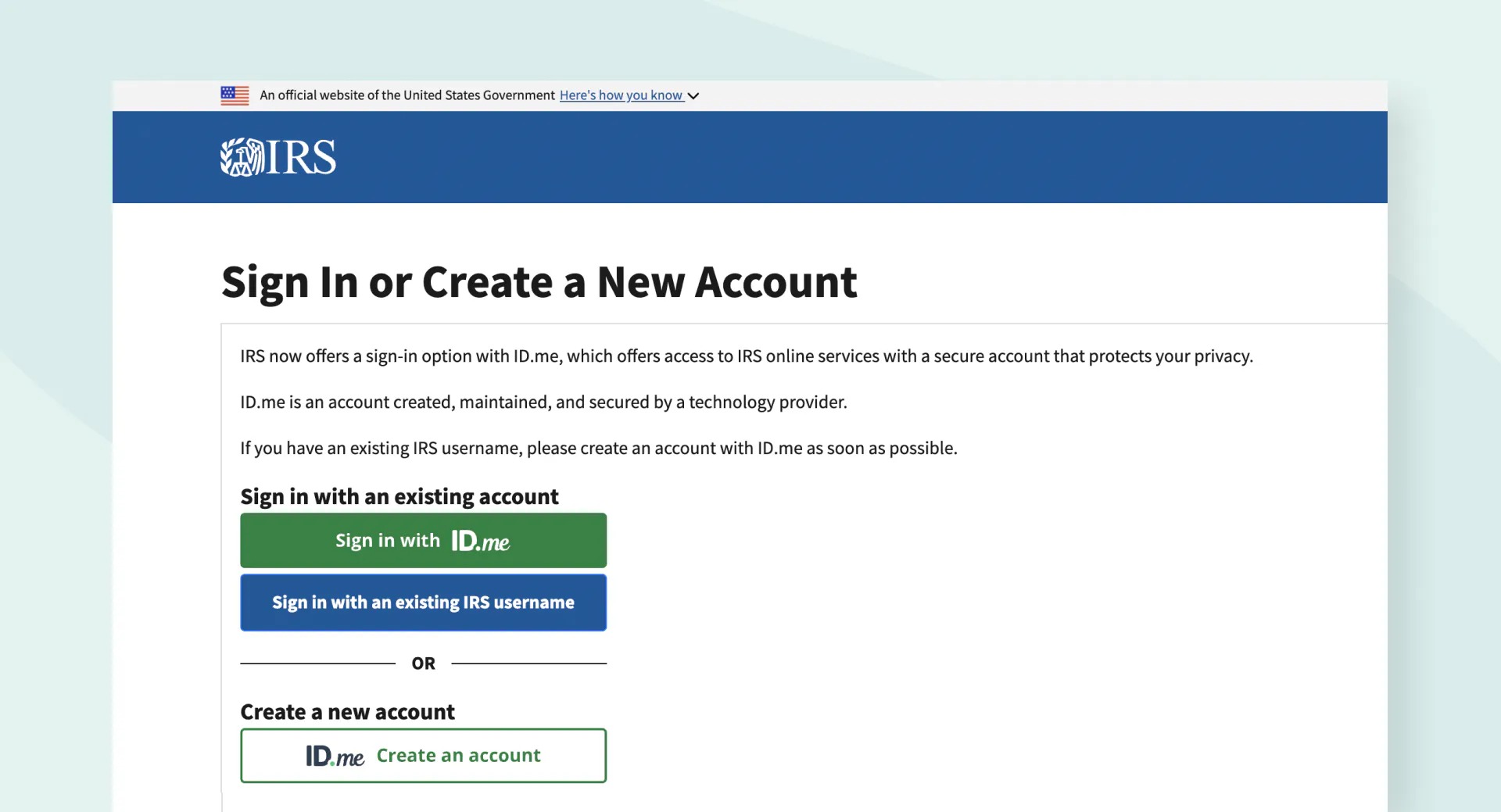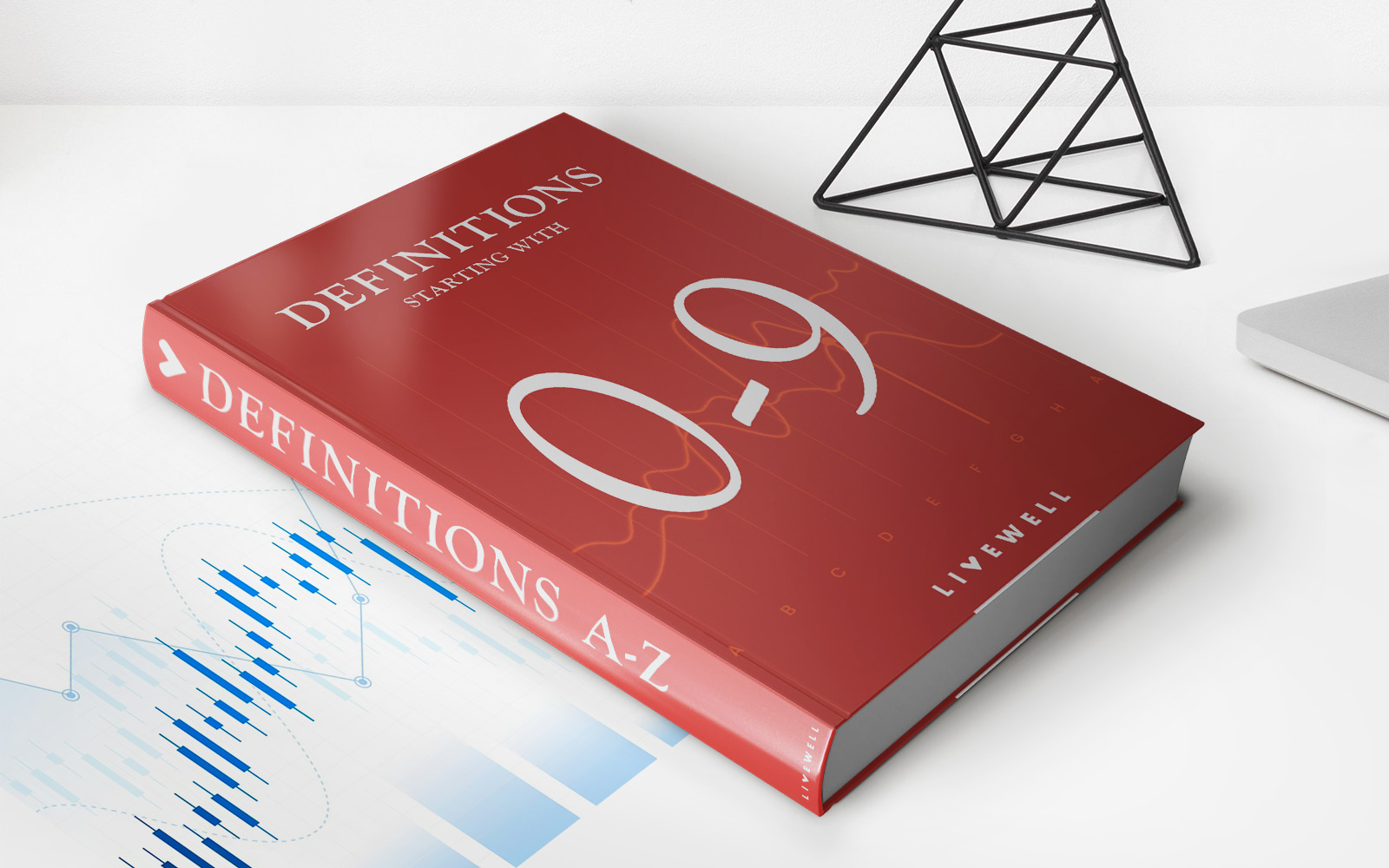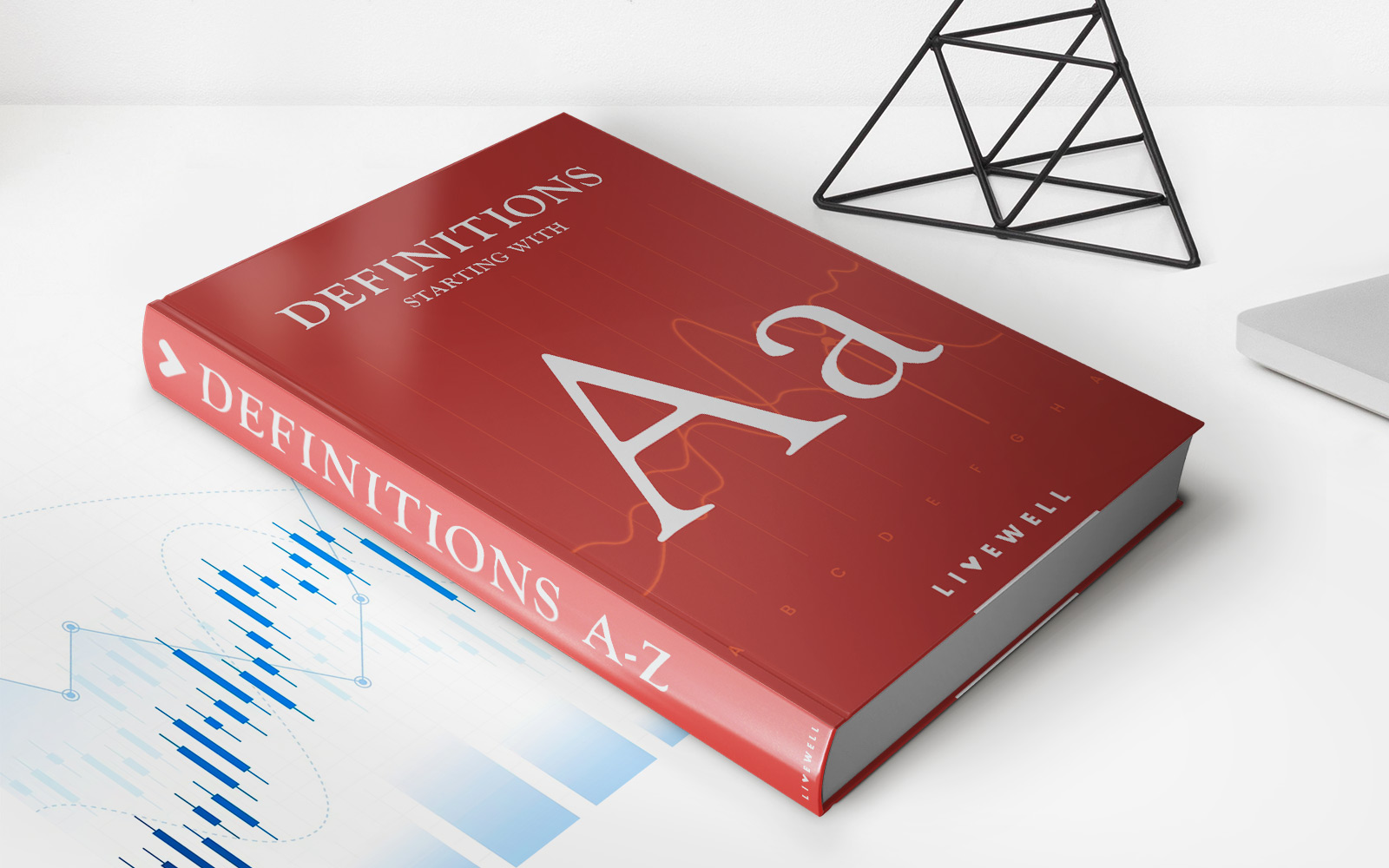Home>Finance>How Long Does It Take For Car Insurance To Kick In


Finance
How Long Does It Take For Car Insurance To Kick In
Modified: February 21, 2024
Discover how long it takes for car insurance to kick in. Get insights on finance-related information and learn when your insurance coverage begins.
(Many of the links in this article redirect to a specific reviewed product. Your purchase of these products through affiliate links helps to generate commission for LiveWell, at no extra cost. Learn more)
Table of Contents
- Introduction
- Understanding Car Insurance Policies
- Coverage Effective Date
- Factors Affecting the Activation Period
- Typical Timeframes for Car Insurance to Kick In
- Immediate Coverage Options
- Waiting Periods for New Policies
- Exceptions and Special Circumstances
- Steps to Ensure Timely Coverage Activation
- Conclusion
Introduction
Car insurance is a vital component of responsible vehicle ownership, providing protection for both the driver and the vehicle in the event of an accident or damage. However, many individuals may be unsure about the specific details of their car insurance policy, including how long it takes for the coverage to kick in.
Understanding the timeline for car insurance activation is crucial for drivers, as it determines when they can rely on their insurance coverage in case of an incident. In this article, we will delve into the various factors that affect the activation period of car insurance policies and provide insights into typical timeframes for coverage to take effect.
It’s important to note that each car insurance provider may have their own specific timelines and processes for activating coverage. However, the information shared here provides a general overview that can help individuals navigate the complexities of car insurance activation.
Key Takeaways:
- Car insurance is an essential aspect of responsible vehicle ownership.
- Knowing when your car insurance coverage becomes effective is crucial for your protection.
- Insurance activation timelines may vary depending on the insurance provider and policy terms.
So, let’s dive into the details and gain a better understanding of how long it takes for car insurance to kick in.
Understanding Car Insurance Policies
Before delving into the activation period of car insurance, let’s first establish a clear understanding of what car insurance policies entail. Car insurance is a contract between the policyholder and an insurance company that provides financial protection in the event of an accident, theft, or any other incident that causes damage to the insured vehicle or injury to others.
Car insurance policies typically consist of several components, including:
- Liability Coverage: This is the mandatory coverage that helps pay for injuries or damages caused to others in an accident where the insured driver is at fault. It includes bodily injury liability and property damage liability.
- Comprehensive Coverage: This coverage protects against non-collision incidents such as theft, vandalism, or damage caused by natural disasters.
- Collision Coverage: This component covers the cost of repairs or replacement of the insured vehicle in the event of a collision with another vehicle or object.
- Personal Injury Protection: Also known as PIP, this coverage helps pay for medical expenses and lost wages for the policyholder and passengers injured in an accident, regardless of who is at fault.
- Uninsured/Underinsured Motorist Coverage: This coverage protects you if you’re involved in an accident with a driver who doesn’t have insurance or has inadequate coverage to pay for your damages.
Each car insurance policy has specific terms, conditions, and coverage limits, which may vary depending on various factors such as the location, driving history, and the type of vehicle being insured. These policies are designed to financially protect drivers and cover the costs associated with accidents and other unforeseen events.
Now that we have a solid understanding of the different components of a car insurance policy, let’s explore the specific details surrounding the activation of coverage.
Coverage Effective Date
The coverage effective date is the point at which your car insurance policy officially begins and you become eligible for the benefits and protection outlined in the policy. It’s essential to understand this date as it determines when you can rely on your insurance coverage.
The coverage effective date can vary based on several factors, including the type of policy, the insurance provider, and the specific terms and conditions of the policy. In most cases, the effective date is predetermined and specified in the policy documentation.
When you apply for car insurance, whether it’s a new policy or a renewal, you will be provided with a coverage effective date. It’s important to note that this date may not necessarily align with the date you submit the application or make the payment. Insurance companies typically have a processing period during which they review the application, verify information, and finalize the policy details.
For new policies, the coverage effective date is typically set a few days after the application is submitted and approved. This is to account for the processing time and ensure that all necessary checks and underwriting procedures are completed. The reason for this delay is to prevent individuals from only purchasing insurance coverage when they require it for a particular incident and then cancelling the policy afterwards.
If you’re renewing an existing policy, the coverage effective date is usually set to the day immediately following the expiration of the previous policy. This allows for continuous coverage without any gaps.
It’s essential to review the policy documentation to confirm the coverage effective date so that you know when your insurance coverage begins. Depending on the insurance provider, the effective date may be communicated to you via email, mail, or through an online portal.
Keep in mind that car insurance policies are not retroactive, meaning they do not provide coverage for incidents that occurred before the effective date. It’s crucial to maintain continuous coverage to ensure protection in case of any unforeseen events.
Factors Affecting the Activation Period
While there is a general timeline for car insurance to kick in, several factors can influence the activation period. It’s important to be aware of these factors, as they can impact when your coverage becomes effective.
1. Application and Verification Process: The time it takes for your car insurance to kick in can be influenced by the application and verification process. Insurance companies typically need to gather information about you and your vehicle, verify your driving record, and assess the risk before finalizing the policy. This process can vary in duration depending on the complexity of the application and the efficiency of the insurance company.
2. Payment Confirmation: Providing payment for your car insurance policy is a crucial step in activating your coverage. The insurance company may require a one-time upfront payment or offer installment payment options. The activation period may be affected by the verification and confirmation of your payment. Once the payment is processed and confirmed, the coverage effective date can be determined and communicated to you.
3. Underwriting Process: Insurance companies engage in underwriting, which involves assessing the risk associated with providing coverage to an individual or vehicle. The underwriting process can involve reviewing your driving history, credit score, and other factors that may influence the insurance company’s decision to offer coverage. This process may take some time to complete, which can affect the activation period of your policy.
4. Special Circumstances: Certain special circumstances may impact the activation period of car insurance. For example, if your application requires additional documentation or if you have a complicated claims history, the insurance company may need more time to evaluate your eligibility and finalize the policy terms.
5. Timing and Communication: The time it takes for your car insurance to kick in can also depend on when you apply for coverage and how timely the communication between you and the insurance company is. If your application is submitted during weekends or holidays, it may take longer for the insurance company to process it.
It’s important to note that insurance companies strive to provide efficient services and activate coverage as soon as possible. However, the factors mentioned above can affect the activation period of your car insurance policy. It’s always advisable to contact your insurance provider directly if you have any concerns or questions regarding the activation of your coverage.
Typical Timeframes for Car Insurance to Kick In
The timeframe for car insurance to kick in can vary depending on several factors, including the insurance company and the specific circumstances surrounding your policy. While exact timelines may differ, here are some typical timeframes to expect:
New Policies:
For new car insurance policies, the activation period generally ranges from 24 to 48 hours after the application has been approved and payment has been confirmed. This allows the insurance company to conduct the necessary checks and underwriting procedures to ensure accurate policy details and coverage. It is important to consult with your insurance provider to understand the specific timeframe associated with your policy.
Renewals:
When renewing an existing car insurance policy, the activation period is typically immediate. This means that your coverage will continue seamlessly from the expiration date of your previous policy. It is important to make your renewal payment on time to avoid any gaps in coverage.
Policy Changes:
If you make changes to your existing car insurance policy, such as adding or removing drivers, adjusting coverage limits, or modifying deductibles, the activation period for the updated policy terms may vary. Generally, these changes take effect immediately, but it’s advisable to confirm with your insurance provider to ensure proper understanding.
Additional Vehicles:
When adding a new vehicle to an existing car insurance policy, the activation period can differ. Some insurance companies offer automatic coverage for a new vehicle purchased within a specified time frame (e.g., 30 days) if you already have an active policy with them. However, it’s important to inform your insurance provider and update your policy to ensure proper coverage for the new vehicle.
Temporary Coverage:
In certain situations, such as purchasing a car before securing a long-term insurance policy, you may require temporary coverage. This can be achieved through options like a binder or a short-term insurance policy. Temporary coverage typically becomes effective immediately or within a day of the issuance of the policy.
Remember, while these are typical timeframes, each insurance company may have their own specific guidelines and processes. It is always best to check directly with your insurance provider to understand the exact activation period for your car insurance policy.
Immediate Coverage Options
Sometimes, circumstances may require immediate car insurance coverage before a traditional policy can take effect. In such cases, there are several options available to obtain immediate coverage:
1. Temporary Insurance: Temporary insurance, also known as short-term insurance, provides immediate coverage for a specified period, typically ranging from one day to a few months. This type of coverage is useful when you need immediate protection for a newly purchased vehicle or for a short-term circumstance that is not covered by your existing policy.
2. Binder: A binder is a temporary agreement issued by an insurance company that provides immediate coverage until a formal policy is issued. It is commonly used when purchasing a new car or when transferring coverage to a different vehicle. A binder typically lasts for a few days to a few weeks and serves as proof of insurance during that period.
3. Non-Owner Car Insurance: Non-owner car insurance provides liability coverage for drivers who frequently rent or borrow vehicles but do not own one themselves. This type of policy can provide immediate coverage when driving a vehicle that is not owned by you.
4. Same-Day Policies: Some insurance providers offer same-day policies, which are designed to provide immediate coverage. These policies can be activated online or over the phone, allowing you to get insured quickly and drive with peace of mind.
5. Insurance through Rental Companies: If you are renting a car, rental companies typically offer insurance options that provide immediate coverage for the duration of your rental period. This allows you to drive the rental vehicle confidently without worrying about accidents or damages.
It’s important to note that while these options offer immediate coverage, they may come with specific limitations and restrictions. For example, temporary insurance and binders often have shorter coverage periods and may have different terms and conditions compared to long-term policies. It’s crucial to understand the details of these immediate coverage options and consult with your insurance provider to ensure that you have the appropriate coverage for your specific needs.
Immediate coverage options can be a valuable solution in situations where time is of the essence. Consider these options carefully and choose the one that best suits your immediate insurance needs.
Waiting Periods for New Policies
When purchasing a new car insurance policy, it’s important to be aware that there may be a waiting period before the coverage becomes fully effective. A waiting period is the period of time between the start date of the policy and when certain coverages or benefits kick in. The length of the waiting period can vary depending on the insurance provider and the specific policy terms.
Here are some common scenarios where waiting periods may apply:
1. Comprehensive and Collision Coverage:
For comprehensive and collision coverage, there is typically no waiting period, and the coverage becomes effective as soon as the policy starts. This means that you will be protected against damages to your vehicle due to accidents or non-collision incidents, such as theft or vandalism, from day one.
2. Uninsured/Underinsured Motorist Coverage:
Uninsured/underinsured motorist coverage is designed to protect you if you’re involved in an accident with a driver who either doesn’t have insurance or has insufficient coverage. Depending on the insurance provider, there may be a waiting period before this coverage becomes effective. It is important to clarify with your insurance company regarding the waiting period for this specific coverage.
3. Personal Injury Protection (PIP) or Medical Payments Coverage:
PIP or medical payments coverage helps cover medical expenses for you and your passengers in the event of an accident, regardless of who is at fault. Some states may have mandatory waiting periods before these coverages kick in. It is important to check with your insurance provider to understand any waiting periods associated with these coverages.
Waiting periods are typically put in place to prevent individuals from acquiring insurance coverage only when they need immediate protection and then cancelling the policy shortly after the incident. Insurance providers need to balance the needs of their policyholders while managing risks and ensuring the viability of their business.
It’s important to review your policy documentation and discuss any waiting periods with your insurance provider. Understanding the waiting periods associated with your car insurance policy ensures that you have a clear understanding of when specific coverages will be available to you.
Exceptions and Special Circumstances
While there are general guidelines for the activation period of car insurance, there are certain exceptions and special circumstances that may affect when coverage kicks in. Here are some common scenarios where exceptions or special circumstances may apply:
1. Immediate Coverage for Replacement Vehicles:
If you are replacing a vehicle that was already covered under your existing car insurance policy, most insurance companies provide immediate coverage for the replacement vehicle. This ensures that you are protected as soon as you drive off the lot, without any waiting period.
2. Same-Day Coverage for Proof of Insurance:
In certain situations where proof of insurance needs to be provided immediately, such as for vehicle registration or loan requirements, some insurance providers offer same-day coverage. They can issue a temporary proof of insurance document to meet the immediate requirement while the official policy documentation is being processed.
3. Policy Renewal with the Same Provider:
When renewing your car insurance policy with the same provider, there is often no waiting period between policies. The coverage continues seamlessly from the expiration date of the previous policy, ensuring uninterrupted protection.
4. Binders and Insurance Confirmation:
In certain situations, insurance companies provide binders or insurance confirmations that grant immediate coverage until the formal policy is issued. This is commonly used when purchasing a new car or when changing vehicles. The binder or insurance confirmation serves as temporary proof of insurance until the official policy is processed.
5. Special Endorsements or Add-On Coverage:
If you opt for special endorsements or add-on coverage to your car insurance policy, such as rental car coverage or roadside assistance, these additions may have their own activation rules and waiting periods. It’s important to review the terms and conditions of these additional coverages to determine when they become effective.
It’s crucial to read and understand your specific policy documents and consult with your insurance provider to clarify any exceptions or special circumstances that may apply to your car insurance coverage. Each situation and policy can be unique, so it’s best to have open lines of communication with your provider to ensure you have a clear understanding of when your coverage takes effect.
Steps to Ensure Timely Coverage Activation
It’s essential to take certain steps to ensure that your car insurance coverage is activated in a timely manner. By following these steps, you can help expedite the process and avoid any delays:
1. Research and Comparison:
Before purchasing car insurance, take the time to research and compare different insurance providers. Look for reputable companies with good customer reviews and compare their coverage options, pricing, and customer service. This will help you make an informed decision and choose an insurance provider that meets your needs.
2. Gather Necessary Information:
Prior to applying for car insurance, gather all the necessary information that will be required during the application process. This may include personal information, vehicle details, driving history, and any other relevant documentation. Having this information on hand will streamline the application process and help ensure accurate and timely coverage activation.
3. Provide Accurate Information:
Accuracy is key when providing information during the application process. Make sure to provide accurate and up-to-date details about yourself, your vehicle, and your driving history. Any discrepancies or incorrect information can lead to delays in processing your application and activating the coverage.
4. Promptly Submit Application and Payment:
Complete the application process promptly and submit all required documents. Additionally, ensure that the payment for your insurance premium is submitted on time and accurately. Delaying the submission of your application or payment can lead to delays in coverage activation.
5. Communicate with your Insurance Provider:
Maintain open lines of communication with your insurance provider throughout the process. If you have any questions or concerns, reach out to them for clarification. Keep track of important contact information, such as phone numbers and email addresses, so you can easily reach them if needed.
6. Review Policy Documentation:
Once your coverage is activated, thoroughly review your policy documentation. Understand the terms, conditions, coverage limits, and any exclusions that may apply. If you have any questions or need further clarification, don’t hesitate to contact your insurance provider for assistance.
7. Maintain Continuous Coverage:
To ensure uninterrupted coverage, make timely payments for your car insurance premiums and renew your policy on time. Maintaining continuous coverage is essential to protect yourself and your vehicle.
By following these steps, you can help ensure the timely activation of your car insurance coverage. Remember, each insurance provider may have their specific processes and timelines, so it’s always good practice to communicate directly with them for guidance and to address any concerns you may have.
Conclusion
Understanding the timeline for car insurance coverage activation is crucial for all drivers. While the specific activation period can vary depending on factors such as the insurance provider, policy type, and specific circumstances, there are some general guidelines to consider.
When applying for car insurance, it’s important to be aware of the coverage effective date specified in the policy documentation. This date indicates when your insurance coverage officially begins and when you can rely on the benefits outlined in your policy.
Factors such as the application and verification process, payment confirmation, underwriting procedures, and special circumstances can influence the activation period of car insurance. It’s crucial to understand these factors and communicate directly with your insurance provider to ensure a clear understanding of when your coverage becomes effective.
While waiting periods are common for certain coverages, such as medical payments or uninsured/underinsured motorist coverage, immediate coverage options such as temporary insurance or binders can be utilized in specific situations where immediate protection is needed.
To ensure timely coverage activation, it’s important to conduct thorough research, provide accurate information during the application process, submit the necessary documents promptly, and communicate effectively with your insurance provider. Additionally, maintaining continuous coverage by making timely payments and renewing your policy on time is crucial.
By following these guidelines and understanding the activation process, you can ensure that your car insurance coverage is activated in a timely manner and have the peace of mind knowing that you are protected in the event of an accident or other unforeseen circumstances.
Remember, each insurance provider may have their specific timelines and processes, so always consult with your insurance provider directly for accurate information regarding the activation period of your car insurance policy.

